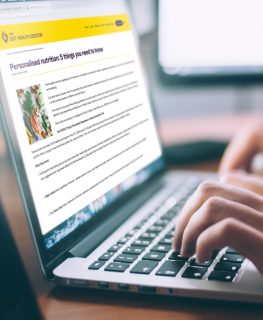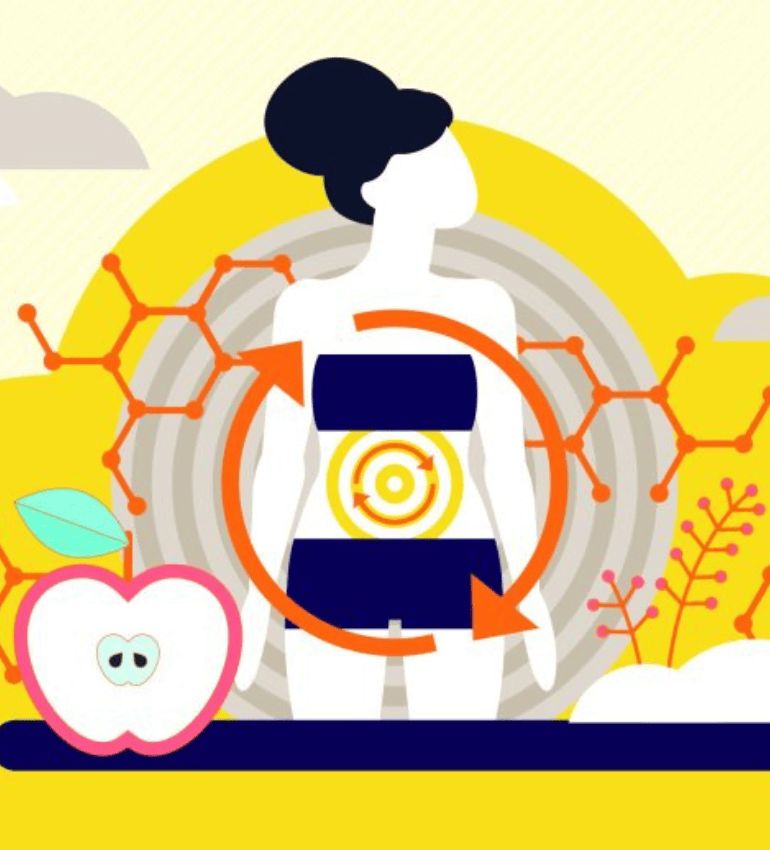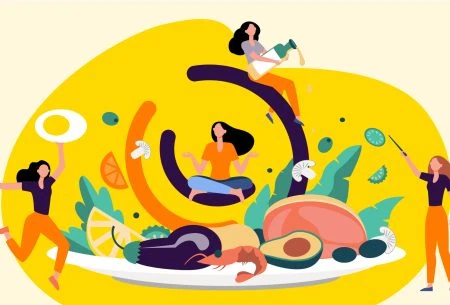Gastroparesis is a chronic gastrointestinal motility disorder where the stomach empties food more slowly than normal, in the absence of a physical blockage. Under normal conditions, coordinated contractions of the stomach muscles — regulated by the enteric nervous system — grind and propel food into the small intestine for further digestion. This process typically occurs over 2-4 hours after eating.
In gastroparesis, this coordination is disrupted. As a result, food can remain in the stomach for too long, leading to symptoms such as:
- Nausea
- Early satiety (feeling full quickly)
- Abdominal pain or bloating
- Vomiting (often of undigested food)
People with gastroparesis sometimes struggle to meet their energy and micronutrient needs, which may result in weight loss or nutritional deficiencies. As such, dietetic input is essential to support adequate nutritional intake and symptom management.














